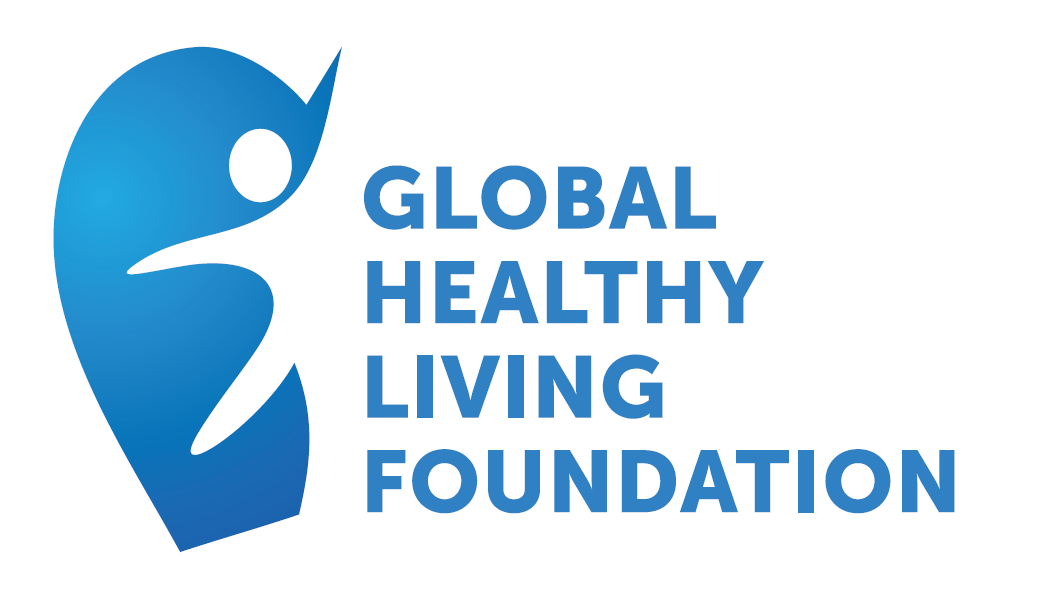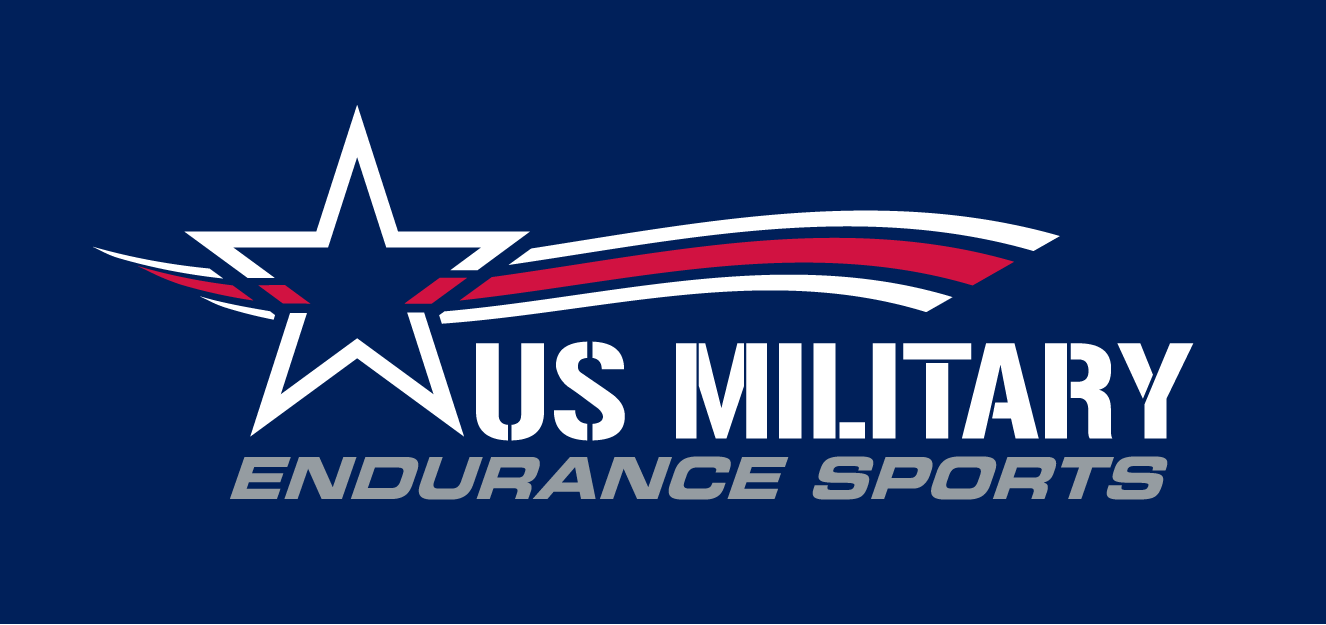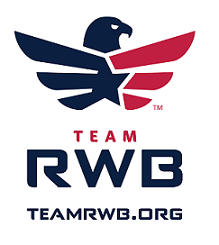Although Injuries involve a critical and delicate approach during pain management, which I discussed in Part 2: Pain Management – Train Smarter not Harder, the most interesting type of pain management is the pain that has to be overcome in a race, or the pain from exhaustion, when you attempt to push your body and mind to its limits. When the top athletes in a sport go head-to-head and their physical fitness is separated by only fractions…it comes down to heart and mind. Bob Kennedy, one America’s greatest distance runners, accounts his experience during the 1996 Summer Olympics in Atlanta during the 5000m finals. During the later stages of the race Bob recalls being in so much pain, that he focused on reaching each of the four race clocks placed every 100 meters next to the edge of the track. Of course you must prepare your mind and body through proper training leading up to a race, but more, how much are you willing to hurt and in what ways do you have to minimize the pain?
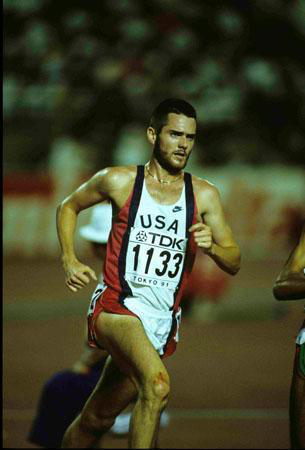
Bob Kennedy in the 1991 World Championships 5000m final in Tokyo, Japan.
When I race, my strategy is to focus on the present and only positive, energy saving thoughts. A lot of athletes project their race beyond their site picture. However, just like the weatherman, who is accurate 50% of the time, projections are just predictions that do not have consequences on the present and thus delay the maximization of current efforts. My thoughts are always on what I am doing–on my current stroke, current pedal, or current stride. When the pain starts to become noticeable in a race, then my mental focus is prepared to manage the pain. Not to mention, I prepare positive thoughts that I will recall if needed during the race. If I look too far ahead and if I am not prepared, then it is easier for my mind to slip and let negative thoughts creep in. Thoughts like: “Slow down,” “You can’t keep this up,” “You are not going to catch up,” or “he’ll catch up.” I think it is easier to guard against these thoughts and even fight them off when I focus on my current actions. It is easier to focus when my mind is on the current kilometer instead of the next two kilometers.
My swim coach and mentor, Louis Tharp, put it simply: “Stopping is not negotiable. Adjusting speed and other factors is, but the concept of dropping out isn’t a consideration.” The way I see it–the faster you get to the finish line, the faster the pain will be over. Endurance athletes, as discussed before, are a special breed in this aspect. We push our bodies to the limit and are able to manage our pain until the last steps. It is not a coincidence that you see athletes pass out at the finish line. Pain doesn’t just so happen to inflict those athletes right at the finish; no, they have been dealing with pain leading up to the tape and have made a conscious decision to ignore their body’s demand and to drive on.
The stronger athletes do not slow down or at least they do not make the decision to. It may be an option and it will obviously reduce the physical pain. Rather to know you did not make every effort, to give your all, sweat and blood, well then, I think you will have to deal with a greater pain, the pain of defeat from yourself. One of my favorite athletes is the late Steve Prefontaine. He once said that “a lot of people run a race to see who is fastest. I run to see who has the most guts, who can punish himself into exhausting pace, and then at the end, punish himself even more. If I lose forcing the pace all the way, well, at least I can live with myself.”
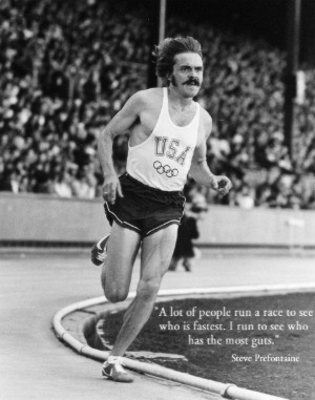
Steve Prefontaine burning up the track!
If you do not know how to deal with it, pain can overpower and make the difference between first place or second place, crossing the finish line or dropping out, knowing you gave your all or walking away with your head down knowing you could have done better. I personally always prefer to finish first and give my all. Yet, no matter how many times I win, I will only be content if I win beating the best, while doing my best against their best. What stands between me and my goal, and any other athlete, or person with a goal is how much belief we have in ourselves, how much pain we are willing to overcome, and how strong we want to survive.
I have had fun writing this piece, most of which I did while deployed to Kuwait in Support of Operation Enduring Freedom from January to December 2011. I want to thank Louis Tharp for his corrective eye and providing observations to make this a better story. Please feel free to contact me through my website if you have any comments or would like to discuss pain management or the world of triathlon and everything else.










